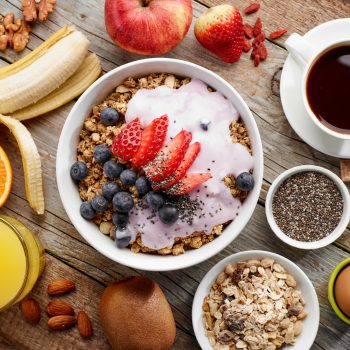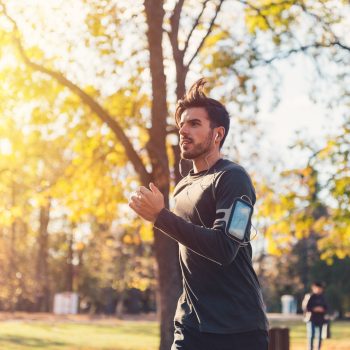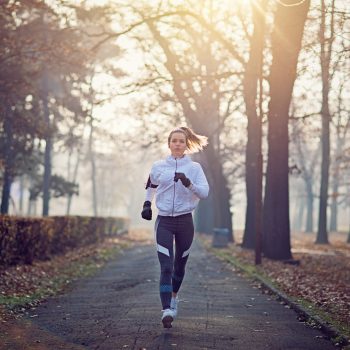Do not skip the first meal of the day, but also avoid fatty or too sweet foods and remember to drink water as often as possible. To avoid heat strokes in the summer, we start with the diet and in particular with the first moment of the day dedicated to the supply of liquids and energy: breakfast. We talk about this topic with Daniela Lucini, Head of Medicine at Humanitas.
High temperatures: the first danger is a heat stroke
A great feeling of exhaustion, but also disorientation and acute mental confusion: With red stamp temperatures the first danger of summer is the heat stroke. This symptom derives from an inability of our organism to thermo-regulate and to compensate for any changes in temperature and involves a production of heat greater than our ability to disperse it. It can therefore occur when the outside temperature is very high and the person cannot disperse the heat from the body. The subjects most at risk are children, the elderly and women during the menstrual cycle, but even people who practice a very demanding physical activity during the hottest hours and those who do not have breakfast in the morning can also suffer a heat stroke, because a lack of blood sugar combined with the heat makes the body much more vulnerable.
What to do if you suffer a heat stroke? The advice is to go immediately to a cool, shady and ventilated place, making sure to drink plenty of water avoiding sugary drinks, while it is recommended to eat fruit and vegetables instead.
Specialist’s advice against heat strokes
The heat stroke manifests itself with general discomfort, sometimes agitation: then you begin to have a very high temperature and the skin becomes warm and dry. It occurs when the heat is excessive, the humidity rate is particularly high and the ventilation is poor. Here is the advice of the specialist to avoid a heat stroke:
– Avoid exposure to the sun from 11 a.m. to 4 p.m. If this should happen, protect yourself adequately
– Ventilate the rooms at home, even with air conditioning but at temperatures not lower than 24/25 °, even better if it acts as a dehumidifier
– Wear lightweight cotton and linen clothing to promote perspiration
– Hydrate, drink and eat lots of fruit and vegetables.
“It is necessary to differentiate the common fainting due to heat, called in technical terms “vasovagal syncope” from the real heat stroke, which has a well-defined diagnosis and is related to an important dehydration. In both cases it is important to hydrate and eat healthy and balanced meals throughout the day, starting with breakfast.










